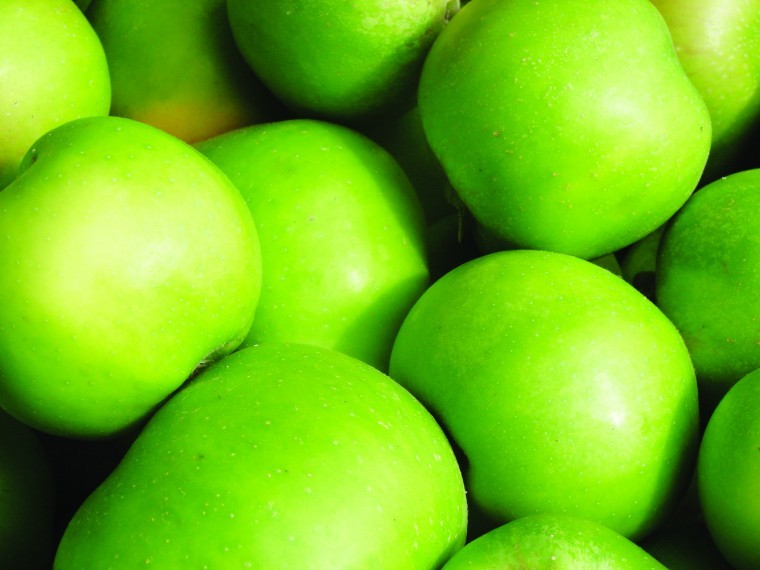According to English Apples & Pears, the recent World Apple and Pear Association (WAPA) announcement, which revealed an increase in tonnes of EU-grown apples, is misleading and doesn’t consider the global context behind the figures.
EAP vice-chair, Phil Acock, says: “Announcing a bumper crop ignores the losses last year, whilst the European crop forecast suggests the 2018/19 yield will exceed the previous annual tonnage, it is important to note that this is only a 3% increase on the previous three year average. The short crop in 2017 means there are no fruit stocks left in Europe, there is no fresh fruit for consumers nor is there any apple concentrate.”
Acock continues: “What’s more, despite the small growth in forecast across Europe, increases are not consistent on a global level, China has reported a crop reduction of around 12 million tonnes, the equivalent of the whole European crop and this needs to be considered in the international supply and demand chain”.
EAP delivers the global context, the reality of the European forecast, and an update on this year’s British crop:
Global context
While Europe suffered last year, this season has seen Asia impacted, with the extreme winter and spring weather damaging the Chinese crop volume. This year’s yield from China is set to be down 28%,which is 12 million tonnes of fruit, the equivalent of the total European crop.
The Southern Hemisphere crop is experiencing some quality issues in the last few weeks of sales with Gala set to end in a few days and Braeburn finishing early September; there is again no cross over of SH fruit to take shelf space within Europe; new season fruit will therefore have to last for 13 months.
Looking further afield, the impact of President Trump’s trade war will impact on global fruit sales this season. Washington state delegates at Prognosfruit spoke about the extensive trade and duty issues for the 45 million bushels they export each year. The 8 million bushels they have historically sent to India will now have a duty of 75% charged, the 1.1 million bushels sent to China will have a 50% duty applied. They have also exported 15 million bushels to Mexico and that will attract a 20% duty this season; all three of these markets have trade agreements in place with Polish groups who will be extending their export programme to the UAE, Algeria and Asia too.
The reality of the European crop
While the ‘bumper’ crop is predicted, Europe has experienced challenges with this year’s yield:
- Drought extended from early May to August
- Fruit drop was higher than average in northern Europe
- A warm winter followed by an exceptionally hot and dry summer has left the European crop pale – there hasn’t yet been a night temperature drop below 20°; this would undoubtedly be a challenge in meeting the specifications of many retailers.
- Fruit size has also been a problem with Dutch and Belgian pear growers lowering their estimate during the conference by a further 10%, many Prognosfruit delegates expressed concern over meeting their estimate if there isn’t rain as fruit is yet to size up.
The British crop
This year’s crop of British apples is set to be the tastiest this century, thanks to prolonged sunshine at just the right stage of the season. This year’s British apples are set to have great colour, thanks to the cold nights, flavour thanks to the sun exposure enriching the natural sugars and quality thanks to the expertise of British growers
However, it is unlikely to be a bumper apple crop in 2018. This year the late Spring and recent hot and dry conditions are likely to reduce the number of apples on the trees.
The ‘June drop’, where the crop thins naturally as small fruit falls from the trees, was slightly heavier than usual, due to the late Spring and later pollination.




